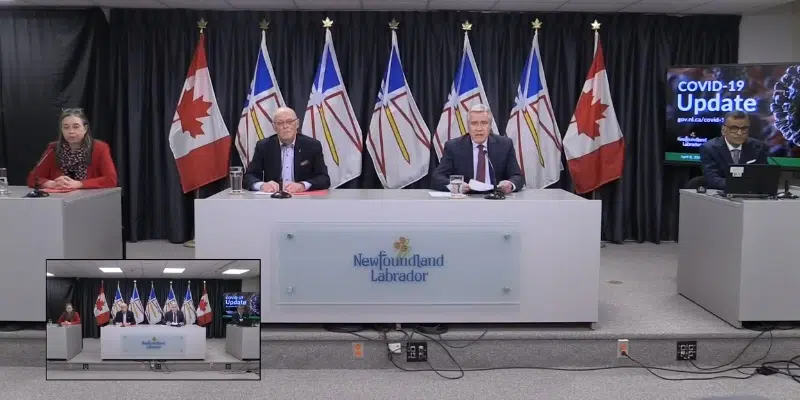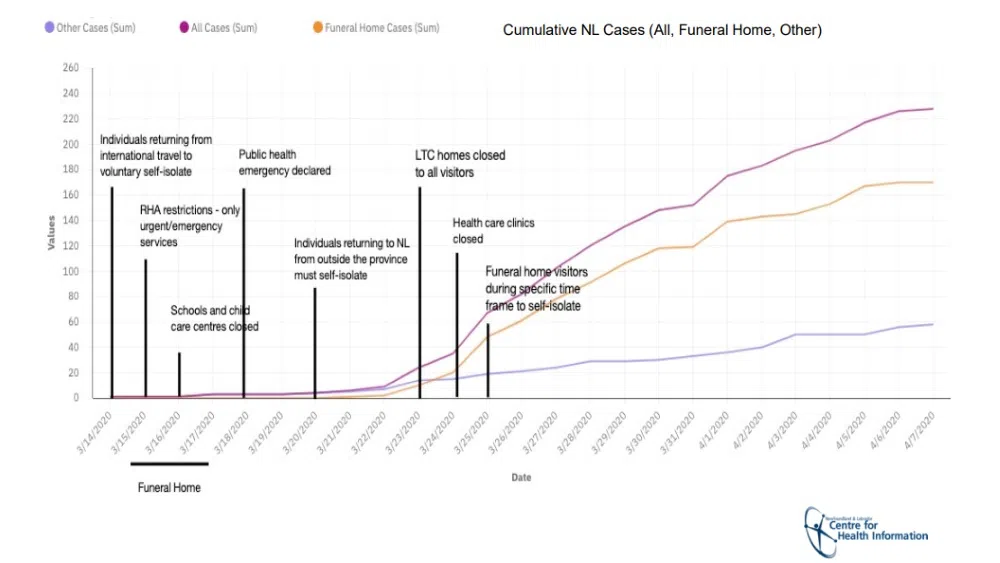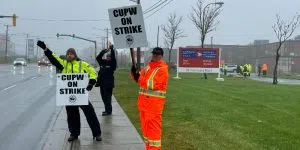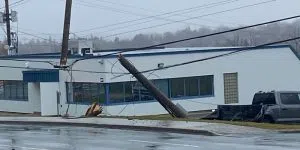The provincial government has put together projection models on the potential impact of COVID-19 on the health care system and they show a doubling down on current isolation practices will help ease pressure on the need for ICU admissions and ventilators.
Public health measures are all that health care systems have in battling the virus—as of yet, there are no vaccines or treatments.
In a worst-case scenario, the health care system will be seriously tested, and the province’s ICU capacity could require restructuring.
It won’t take much in terms of relaxing current measures for the system to get into trouble, according to government. While increasing the number of ICU beds is one consideration, there may not be enough human resources to care for them.
The provincial model includes a capacity of 57 ICU beds—in a worst-case scenario, the province will exceed that capacity by the end of the month.
Current numbers are better than the best-case scenario. Public health measures taken to control the Caul’s cluster—which currently represents 75 per cent of the province’s cases—appear to be working.
Numbers related to the Caul’s cluster offer a challenge in the modeling, however, because the cases started to rise early and efforts were immediately put in place to have it contained. Caul’s cases are now starting to drop, while the number of cases in the community is starting to rise—albeit slowly.
Severe health complications from COVID-19 are being seen in people who are otherwise healthy, but the biggest concern is for those with concurrent illness (or co-morbidities) like asthma, COPD, heart failure, cardiovascular conditions, and diabetes.
He says the organized response has really helped divert a disaster.
Stressing the need to follow public health measures.
1st graph is total cases by province.
2nd is cumulative cases in NL.You can see the jump due to the funeral home cluster. @VOCMNEWS #covid19nfld pic.twitter.com/DhUOz4RNJY
— Ben Murphy (@VOCMBen) April 8, 2020
Again, worst-case scenario.
If 32% are infected, ICU capacity will be reached by end of June/early July.
If 50% are infected, the province will be in a very tough situation.
No real estimate on a peak, but these show it could be into November.@VOCMNEWS #covid19nfld pic.twitter.com/hhLQzeObzs
— Ben Murphy (@VOCMBen) April 8, 2020




























